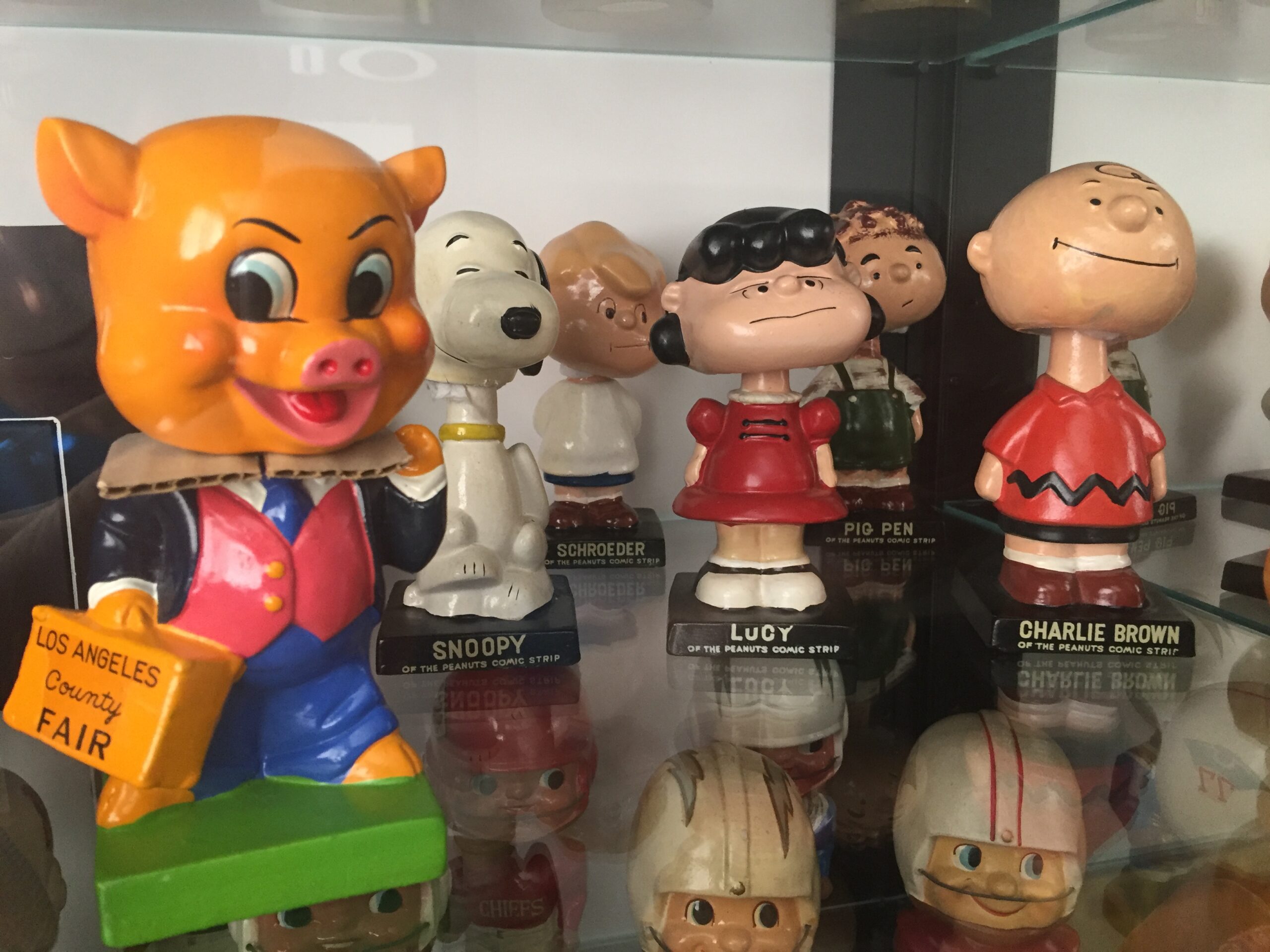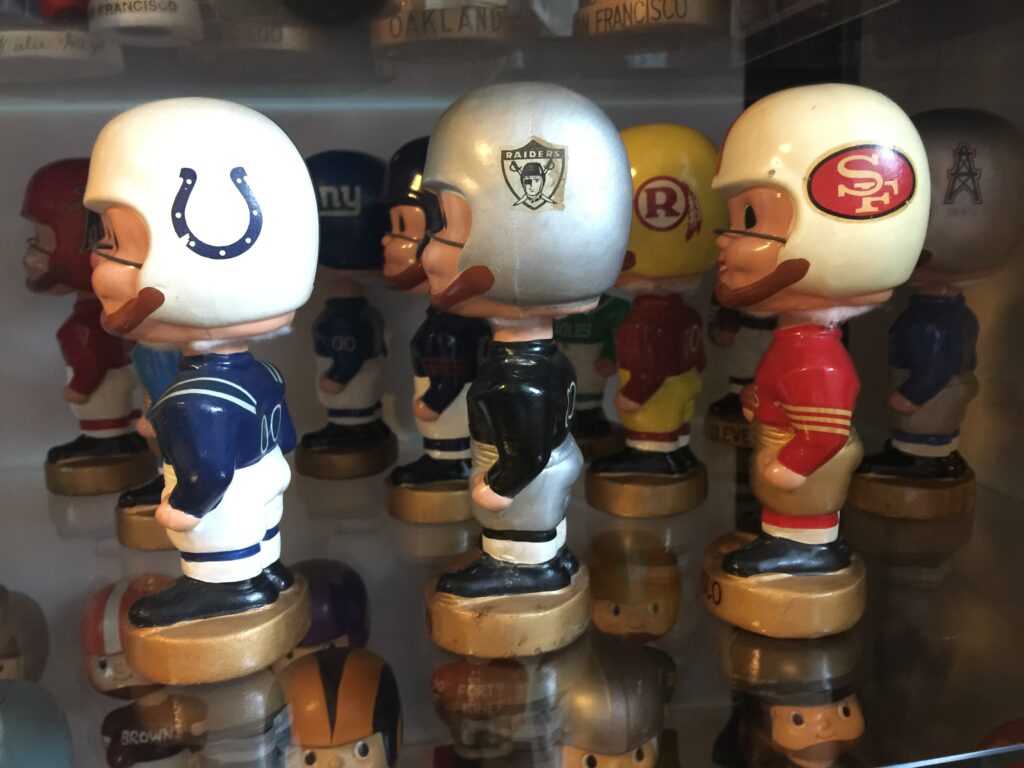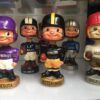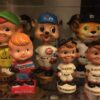A Guide to Evaluating Condition When Choosing Your 1960s Vintage Bobblehead Nodder
A Guide to Evaluating Condition When Choosing Your 1960s Vintage Bobblehead Nodder
Vintage bobbleheads, also known as nodders, from the 1960s hold a special place in the hearts of collectors and enthusiasts.
These nodding figurines encapsulate the spirit of an iconic era, featuring beloved sports stars, music legends, political figures, and cultural icons of the time.
When considering adding a 1960s bobblehead to your collection, evaluating its condition is paramount to ensure you acquire a valuable and cherished piece.
In this guide, we will explore essential factors to consider when assessing the condition of a vintage bobblehead, along with a focus on specific years such as 1965, 1968, 1962, and 1967 bobbleheads.
Examine the Head:
The head of the bobblehead is a crucial area to inspect. Check for any signs of cracks, chips, or damage to the paint. Original paint is highly valued, so ensure that the colors are vibrant and well-preserved.
A nodder with its head firmly attached and a smooth nodding motion indicates a well-preserved piece.
Inspect the Body:
Evaluate the body for any damages, discoloration, or fading of the paint. Look for signs of wear, especially in the decals and logos, as these can significantly impact the value of the bobblehead.
A bobblehead with a clean and intact body is likely to be more desirable for collectors.
Check the Base:
The base of the bobblehead is another critical area to assess. Look for manufacturer markings, labels, or stamps, which can provide valuable insights into its authenticity and origin. Bobbleheads with clear and legible markings are more likely to be authentic vintage pieces.
Consider the Spring Mechanism:
The spring mechanism is what gives a bobblehead its characteristic nodding motion. Test the nodding action to ensure it functions smoothly without any stiffness or excessive movement. A well-preserved spring mechanism enhances the collectibility of the nodder.
Evaluate Packaging and Originality:
Original packaging adds significant value to a vintage bobblehead. If the nodder comes with its original box or packaging, check for any damages or signs of wear. Authentic vintage bobbleheads with their original packaging are highly coveted by collectors.
Determine Rarity and Scarcity:
The year of manufacture can significantly impact the rarity and scarcity of a 1960s bobblehead. Years like 1965, 1968, 1962, and 1967 hold particular significance, as they may feature exclusive designs or limited edition releases. Research the historical context of the specific year to gauge the nodder’s significance.
Seek Professional Appraisal:
For collectors seeking high-value 1960s bobbleheads, obtaining a professional appraisal is advisable. Certified appraisers can provide accurate assessments of the nodder’s condition, rarity, and estimated value based on market trends and demand.
Look for Authenticity:
In the world of collectibles, authenticity is paramount. Beware of counterfeit or replica bobbleheads that may resemble vintage pieces but lack originality. Purchase from reputable dealers or sellers with a proven track record in dealing with vintage collectibles.
Conclusion:
As you venture into the world of 1960s vintage bobbleheads, evaluating the condition of these nodding treasures becomes a crucial skill.
By examining the head, body, base, and spring mechanism, along with considering packaging, rarity, and authenticity, you can make informed decisions when selecting your new nodder.
Remember to focus on specific years like 1965, 1968, 1962, and 1967, as these may hold unique designs and limited editions.
Happy collecting, and may your vintage bobblehead journey be filled with delightful discoveries and cherished additions to your collection.




